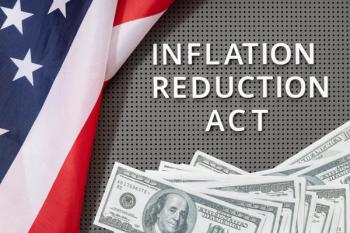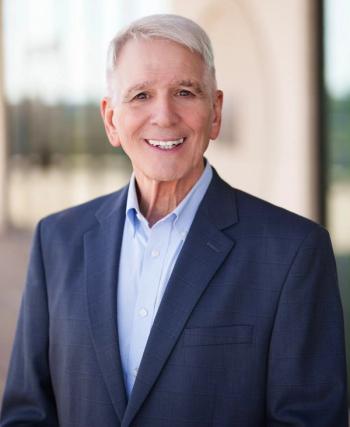
Who Should the $50 Billion Rural Health Fund Actually Help?
In an interview with Managed Healthcare Executive ahead of the Senate and House vote and under President Trump's official seal of approval on July 4, Michael Abrams, M.A., warned that without clear eligibility rules, the newly approved $50 billion rural hospital relief fund could be exploited by non-rural providers and fail to support the facilities it was meant to save.
As part of a sweeping tax-and-spending package within the GOP’s “One Big Beautiful Bill” passed on July 4 after quickly making its way through the U.S. Senate and House, President Trump approved a $50 billion rural hospital relief fund aimed at rescuing struggling providers.
But who qualifies for that relief is already becoming a point of concern.
In a conversation with Managed Healthcare Executive held just before the initial vote on July 1, Michael Abrams, M.A., managing partner at Numerof & Associates, raised flags about the fund’s scope.
He pointed out that while the initial aim was to support rural hospitals, some lawmakers had already started expanding eligibility to include nursing homes and community health centers.
Abrams warned this change could open the door to misuse.
“They need to be clear about who it is for,” Abrams said. “Some members of the Senate have already begun expanding what it's all about. I think it suddenly went from rural hospitals to (the Senate) to a fund for rural hospitals, nursing homes and community health centers.”
He added that if and when the bill passed, a rush by all kinds of entities to become designated as a required rural hospital would be expected.
“This is like putting a sugar bowl out near an ant hill,” he said.
Unless eligibility criteria are carefully defined, the influx of money could be diverted away from the most vulnerable rural facilities, he added.
The bill’s language—splitting funding between direct relief and CMS-administered grants—adds another layer of ambiguity.
Abrams emphasized the need for guardrails to prevent a gold rush among healthcare entities seeking access to the fund.
He also pointed out how previous programs like 340B have suffered from a lack of clarity around eligibility, creating ongoing challenges and loopholes.
To avoid repeating those mistakes, Abrams urged Congress to take a more disciplined approach and ensure that funds are directed only to truly rural providers, or the historic investment may fail to stabilize the systems it was designed to save.
Newsletter
Get the latest industry news, event updates, and more from Managed healthcare Executive.






















































